Released fish should be morphologically, ecologically, genetically and behaviorally similar to wild fish
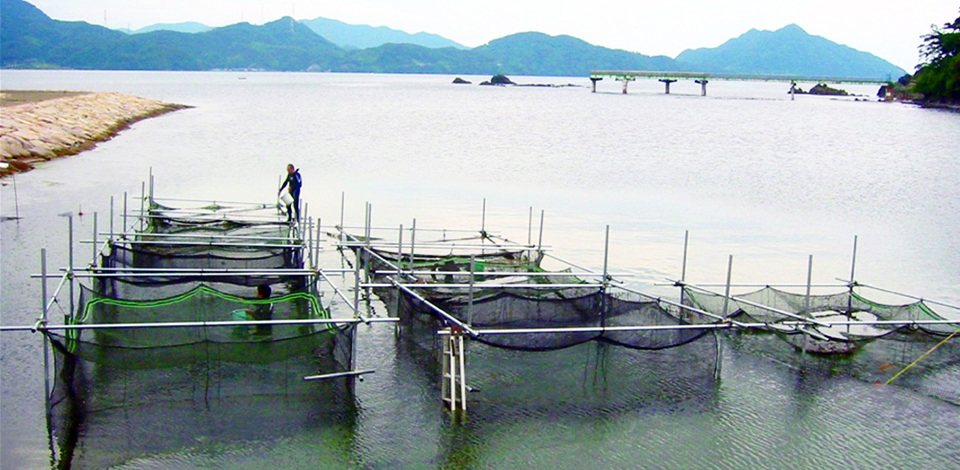
The most prominent countries conditioning flatfish for stock enhancement are Japan, Denmark and the United States. Wherever it is practiced, a successful stocking program requires high survival of released fish. Hatchery-reared fish must be able to adjust to their new environment, feed successfully and avoid predation when released. However, all reared fish are not equal. The end products of fish reared for aquaculture and those reared for stock enhancement vary greatly.
For aquaculture, the ideal end product is a large-sized individual that was grown most economically, both financially and temporally, and preferably has a pleasant flavor. For stock enhancement, the ideal end product is an individual that can survive in the wild until maturity. Conditioning fish for stock enhancement can increase survival and recapture rates of released fish.
Conditioning strategies
The degree to which fish reared for stock enhancement need conditioning before release depends on the type of fish reared and its particular ecological niche and associated behaviors.
Conditioning can be implemented in the hatchery or in the wild. In the hatchery, fish can be exposed to rearing tanks with sediment, predator exposure and live or lifelike diets. In the wild, fish can undergo operant behavioral training, whereby fish learn to gather at a sound or light for feeding. Fish also can be released into acclimation cages before true release to the wild. The cages serve as a “halfway house” as the fish adjust to their new environment.
In the hatchery, providing rearing tanks with sediment allows flatfish to begin camouflaging pigment change and develop burying skills. In addition, this decreases the frequency of off-bottom swimming behavior, as seen with juvenile Japanese flounder, Paralichthys olivaceus, in tanks with sand compared to bare tanks.
In the United States, the survival of summer flounder (Paralichthys dentatus), was significantly higher for fish reared with an isolated blue crab (Callinectes sapidus) present in the tank than for fish reared without the predator conditioning. However, the increased survival of the conditioned fish was not as high as that for wild fish. In Japan, observational learning improved predator avoidance for hatchery-reared Japanese flounder that witnessed predation of their own species.
At the University of New Hampshire (United States), live diets for flatfish stock enhancement have been explored. Sub-adult brine shrimp (Artemia salina); white worms (Enchytraeus albidus); and common burrower amphipods (Leptocheirus plumulosus); have been cultured as feeds. The most promising feed is white worms, which have been reared in the former Soviet Union since the 1940s for hatchery-reared sturgeon.
In the field, hatchery-reared winter flounder (Pseudopleuronectes americanus) are grown on white worms exhibited survival, diet profiles and RNA/DNA compositions similar to those for wild fish. In Japan, juvenile marbled flounder (Pseudopleuronectes yokohamae) at Hyogo Prefectural Center for Stock Enhancement are fed a mixture of minced frozen mysids with additional formulated feed to boost nutritional content. However, formulated feed is stopped two weeks before release to redirect fish to more natural feed.
Operant behavioral training may be especially useful in sea ranching. Work conducted in Japan revealed Japanese flounder gathered when a sound cue was provided, even when food was not available.
Acclimation conditioning
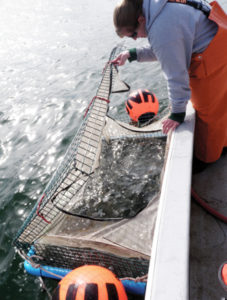
Acclimation cage conditioning allows hatchery fish to experience substrates and sediments, live food sources and a predator-free existence before actual release. Researchers in Denmark began cage conditioning turbot, Psetta maxima, in bottomless cages to expose fish directly to sediments. The fish were conditioned for three to six days in areas with a small tidal range of about 30 m. However, when this technology was transferred to Japan, there were problems with predators entering the cages through the open bottoms. To address this, cages were modified. Japanese cages now contain mesh bottoms, and sand is put inside. They also “zipper” closed so that fish can be stocked and released easily.
When this technology was transferred to the United States, there were two problems. First, crab predators were more abundant and they ripped holes in the soft nylon cage mesh with their claws. Since crabs gather on the bottom, two types of floating cages – at the surface and 0.5 meters below the surface – were deployed.
Survival in these cages was highly variable, and fish did not gain the benefit of experiencing sediments before release. So a new U.S. cage bottom design was constructed of more-durable polypropylene mesh. This material was too rigid to close with zippers, so cable ties were used.
The second problem was that due to the 1- to 5-meter tidal range in New Hampshire, the fish swam to the surface of the cages and wedged themselves between the cable ties to escape when the tide rose. The newest design has a self-adjusting height that rises with the tide so the cage opening is never submerged. First used in September 2012, this design has been successful, with high fish survival and retention.
Implications for stock enhancement
Ensuring that released fish are morphologically, ecologically, genetically and behaviorally similar to wild fish is necessary for an effective release program. Nonetheless, conditioning strategies that are easy to implement, economically feasible and effective are still being developed and tested. The number of studies that monitor and track the fate of released conditioned fish is few.
A study in Japan found that non-conditioned fish, mostly non-feeding individuals, were caught more often than conditioned fish by boat beam trawl when researcher-initiated recapture efforts were applied. Similarly, a Danish study found that the catchability of non-conditioned turbot caught by beam trawl was 10 percent higher than that of cage-conditioned fish. This may indicate that intensive researcher recollection efforts at or near release sites disproportionately sample weak fish that are not feeding or moving.
Efforts and money for recapture may be better spent on involving more local fishermen, especially since cooperative efforts generate more interest and publicity in the stocking. Involving more fishermen also may promote the reporting of recaptured hatchery-reared catch by those not directly involved in the project, and thus amplify the level of monitoring conducted.

Monitoring
Even without implementing a conditioning strategy, one of the greatest difficulties of a stocking exercise is the level of post-release monitoring. In many cases, 1 percent recapture rates are the norm. Choosing a location that can be monitored adequately may be just as important as choosing a location where stocking is predicted to succeed, which is essential for stocking efforts to successfully influence future funding and resources support.
Stocking agencies have an obligation to conduct post-release monitoring to assess stocking effectiveness, especially if the stocking effort is funded by general taxes or fees from fishermen. In addition, there is a biological and ecological responsibility to evaluate what, if any, effect the stocking has on local fish populations and their habitats.
(Editor’s Note: This article was originally published in the November/December 2013 print edition of the Global Aquaculture Advocate.)
Authors
-
Michelle L. Walsh
University of New Hampshire
Department of Biological Sciences
38 Academic Way
Durham, New Hampshire 03824 USA[109,111,99,46,108,105,97,109,103,64,104,115,108,97,119,46,110,110,121,108,46,101,108,108,101,104,99,105,109]
-
Elizabeth A. Fairchild
University of New Hampshire
Department of Biological Sciences
38 Academic Way
Durham, New Hampshire 03824 USA
Tagged With
Related Posts
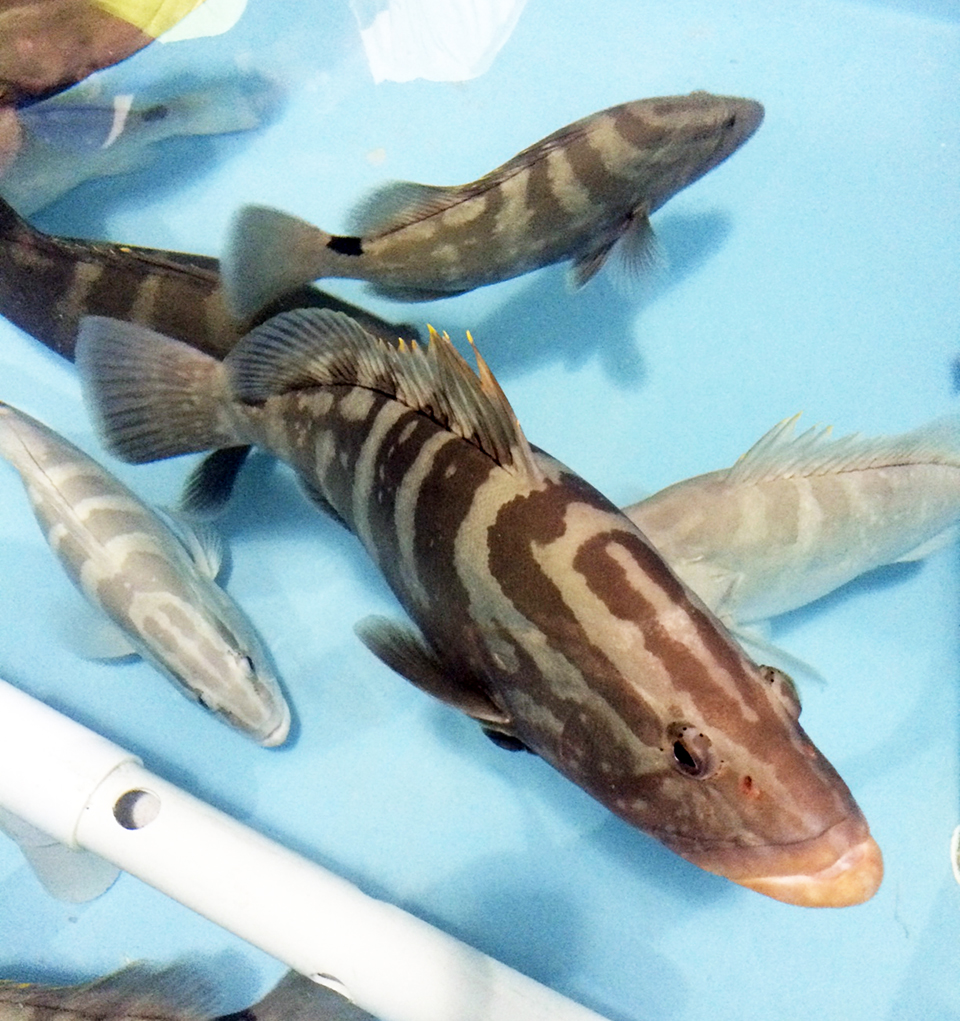
Intelligence
Bahamas venture focuses on grouper, other high-value marine fish
A new venture under development in the Bahamas will capitalize on Tropic Seafood’s established logistics and infrastructure to diversify its operations from processing and selling wild fisheries products to include the culture of grouper and other marine fish.

Intelligence
Off the Knife with Bruce Mattel, Culinary Institute of America
Our new interview series with foodservice professionals begins with Bruce Mattel, senior associate dean of culinary arts at The Culinary Institute of America (CIA). We’ll pry open the minds of some notable chefs who know seafood and are making statements about sustainability in their restaurants and beyond.
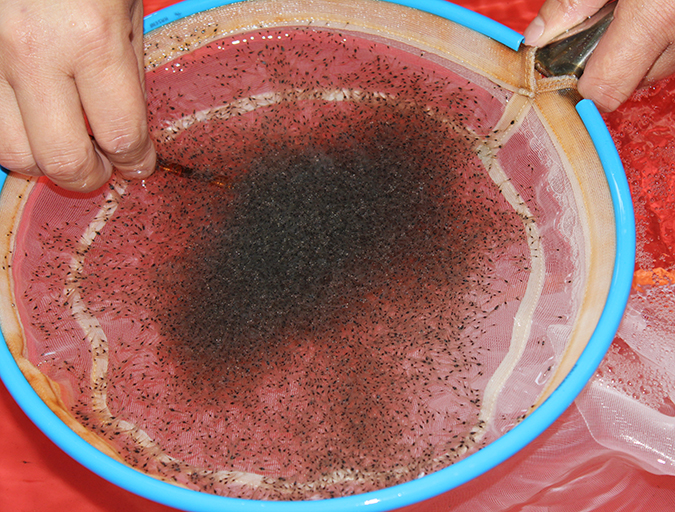
Health & Welfare
Acclimating shrimp postlarvae before pond stocking
Shrimp postlarvae acclimation before stocking into the various growout systems (ponds, raceways, tanks) is a critical – and often overlooked, sometimes taken for granted – step in the shrimp culture process. Various water quality parameters should be changed slowly so that the young shrimp have the time to gradually adapt to the new conditions.
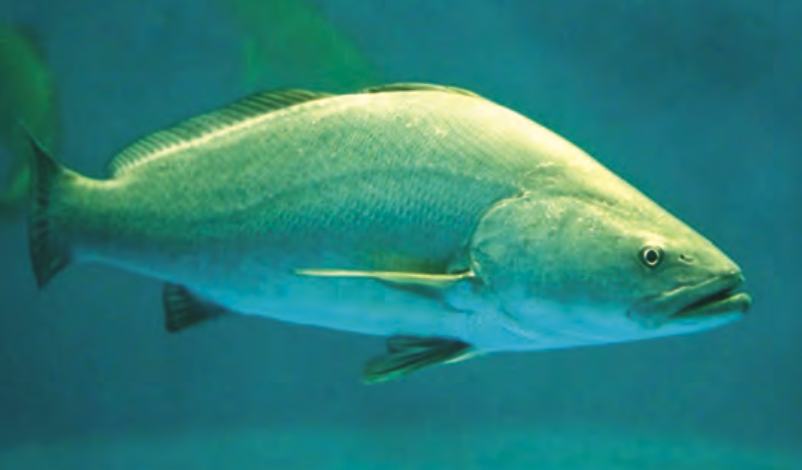
Responsibility
Aquaculture gives endangered totoaba a fighting chance
The tenuous fate of a pint-sized porpoise, the critically endangered vaquita, is linked to a fish targeted by poachers fueling China’s appetite for maws. The vaquita remains in peril, but aquaculture presents some hope for the totoaba.


